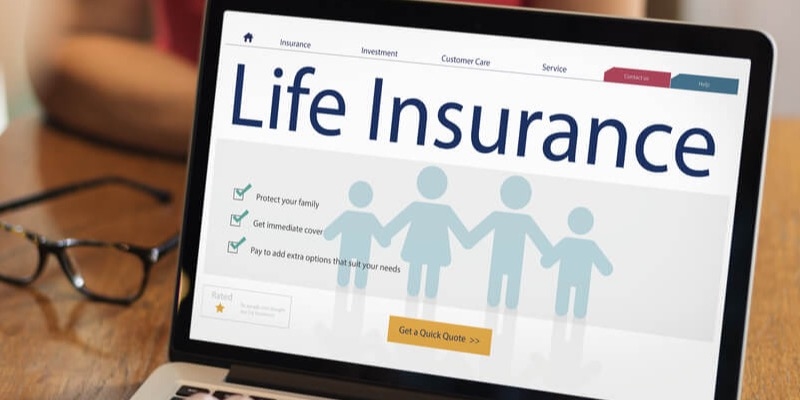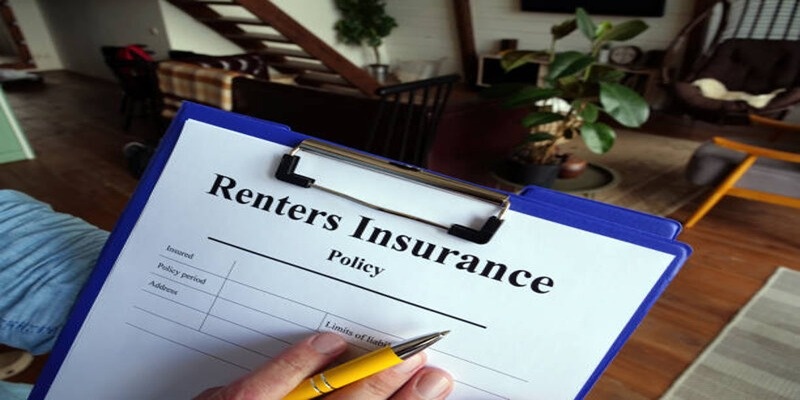Initial homebuyer schemes provide financial assistance, lower initial payments, and easier loan conditions. They strive to make ownership easier, especially for people with limited resources or little upfront cash. Companies could offer loans, subsidies, or support to help people become individuals for the first time.
Potential purchasers must comprehend these schemes to understand the housing market. This overview highlights the best loans and programs for first-time homebuyers while revealing the numerous methods available to achieve ownership.

Best Loans for First-Time Home Buyers:
The financial substitutes might be confusing for new homeowners. Consider a deposit, interest rate, and qualification when choosing a loan. Several loans are beneficial for first-time individuals, each with its perks. FHA, Economical 97, VA, HomeReady, USDA, Freddie Mac, HomePath Ready the purchaser, HUD, or Native American Direct Loan are significant rivals. Examining these options will help you choose the most appropriate financing that meets your needs and objectives.
FHA Loan
Due to its accessibility and moderate credit standards, first-time homeowners choose the Federal Housing Administration (FHA) loan. By accommodating low-income borrowers, FHA loans help extend homeownership. The reduced down payment of 3.5% makes homeownership possible for folks who may not qualify for traditional loans with more significant upfront expenditures. This decreased entrance barrier helps more people to become homeowners and invest in property.
However, potential borrowers must comprehend FHA mortgage insurance costs (MIP). While the smaller down payment reduces early financial stress, MIP protects lenders against borrower failure. Homebuyers should carefully analyze their financial condition, including the short-term affordability of the smaller down payment and the long-term effect of MIP on homeownership expenses.
Conventional 97 Mortgage:
First-time homebuyers seeking a conventional loan with a low down payment may choose Fannie Mae's Conventional 97 Mortgage. Good credit but limited cash might qualify for a loan with a 3% down payment under this program. The Conventional 97 Mortgage bridges the gap, allowing more people to become homes.
Conventional 97 Mortgage applicants must pay PMI until the loan-to-value ratio exceeds 80%, notwithstanding its benefits. While the reduced down payment eases initial financial restraints, consumers must consider PMI when assessing loan affordability. This program is ideal for financially responsible people who fulfill credit standards and prefer the flexibility of a traditional loan with a low down payment. Making a purchase that matches the buyer's financial objectives and capabilities requires careful consideration of long-term financial ramifications, including PMI expenses.
VA Loan
VA mortgages are unique for qualifying veterans, active-duty military members, and surviving spouses. VA loans' 0% down payment requirement is the most significant benefit, making homeownership more accessible to veterans. It allows VA beneficiaries to purchase a house without a down payment, removing one of their biggest obstacles. VA loans provide affordable interest rates and flexible credit standards, giving borrowers advantages.
VA loans are enticing, but potential borrowers must understand the qualifying requirements and procedure. To make educated judgments, VA loan financing fees, and other charges must be understood. VA loans appeal to veterans because the Department of Veterans Affairs provides educational materials and loan procedure help.

HomeReady Loan:
The Fannie Mae HomeReady Loan is a novel approach for low- to moderate-income first-time homeowners. The income of non-borrowing household members is considered in this scheme, making homeownership more accessible to multigenerational or extended families. The HomeReady Loan promotes affordable and sustainable homeownership with a 3% down payment, fitting the financial needs of many families.
Income qualifying for the HomeReady Loan is flexible, but borrowers must complete homeownership education classes. These educational elements of HomeReady provide homebuyers with the knowledge and skills to manage homeownership. The HomeReady Loan is a strategic and inclusive option for people seeking a bespoke solution that fits varied family financial dynamics, making homeownership more accessible.
USDA Mortgage
The USDA Mortgage encourages rural and suburban homeownership. This program's 0% down payment requirement is a significant draw for first-time homeowners in qualified areas. Additionally, USDA loans have reasonable interest rates, increasing their popularity.
Homebuyers must comprehend USDA Mortgage property eligibility and income limits to profit from this program. A USDA loan requires verification that the property is in an eligible location and meets income criteria. Meet these requirements to take advantage of USDA Mortgage offers for first-time homebuyers.
HomePath Ready Buyer Mortgage:
For first-time homeowners interested in Fannie Mae-owned houses, the HomePath Ready Buyer Mortgage is designed. This scheme allows affordable homeownership with a 3% down payment. Additionally, HomePath houses may need special financing to simplify the home buying process.
While the HomePath Ready Buyer Mortgage has benefits, it is connected to Fannie Mae-owned properties, so purchasers should check property availability. It would be best if you browsed HomePath properties to see whether they meet your needs. Fannie Mae-owned property buyers seeking affordable homeownership might consider this program.
Homes HUD:
For first-time homeowners, HUD Homes provides a unique opportunity. HUD sells FHA-foreclosed houses at competitive rates. Despite their renovations, budget-conscious purchasers may be drawn to HUD Homes' lower prices.
Buyers contemplating HUD Homes should know the bidding procedure and remodeling expenses. Making an educated selection requires extensive examinations and property knowledge. HUD Homes provides first-time buyers with affordable homeownership, but due research is necessary to make a successful purchase.
Native American Direct Loan:
The NADL program helps Native American veterans become homes. NADLs allow qualifying veterans to buy, develop, or renovate houses on federal trust property. This initiative makes Native American veterans' homeownership accessible with $0 down payment requirements.
The NADL program helps Native American veterans become homes, although tribal government permission and federal trust land status are required. Prospective homebuyers should collaborate with the VA and tribal officials to apply smoothly and intelligently. NADL helps Native American veterans get homes without a down payment to commemorate their service.
Conclusion:
Finally, first-time buyers must carefully evaluate financing alternatives and programs to fulfill their financial requirements to become homeowners. Understanding each financing option's benefits and downsides helps people make educated judgments about their situation. Choose an FHA loan with a reduced down payment, VA loans for veterans, or new programs like the HomeReady Loan. Each has pros and downsides. People should use trustworthy lenders, financial advice, and government-backed initiatives in this complicated terrain.




